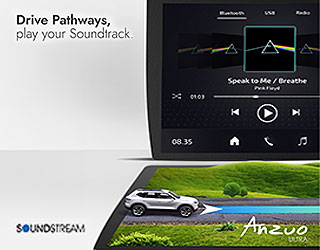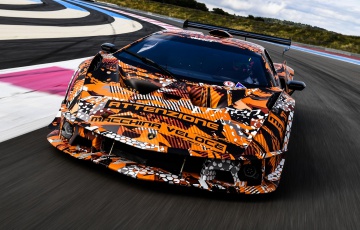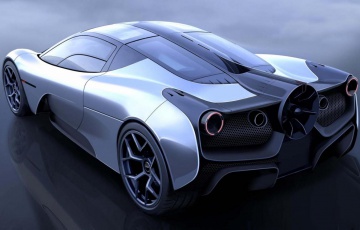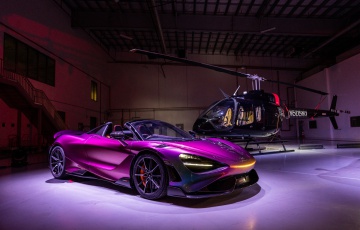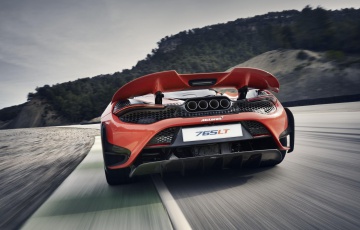The Elva is McLaren's lightest ever road car
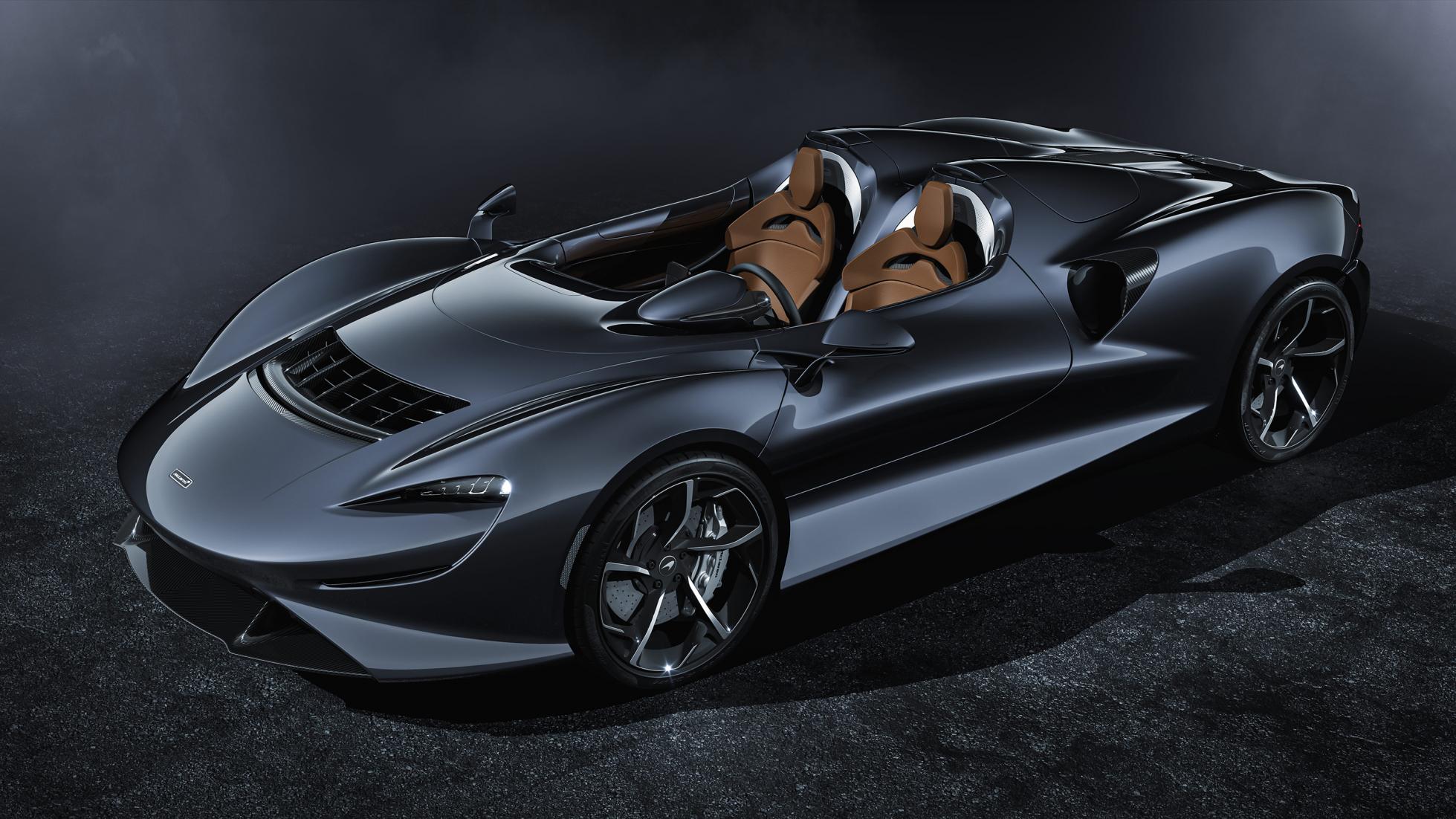
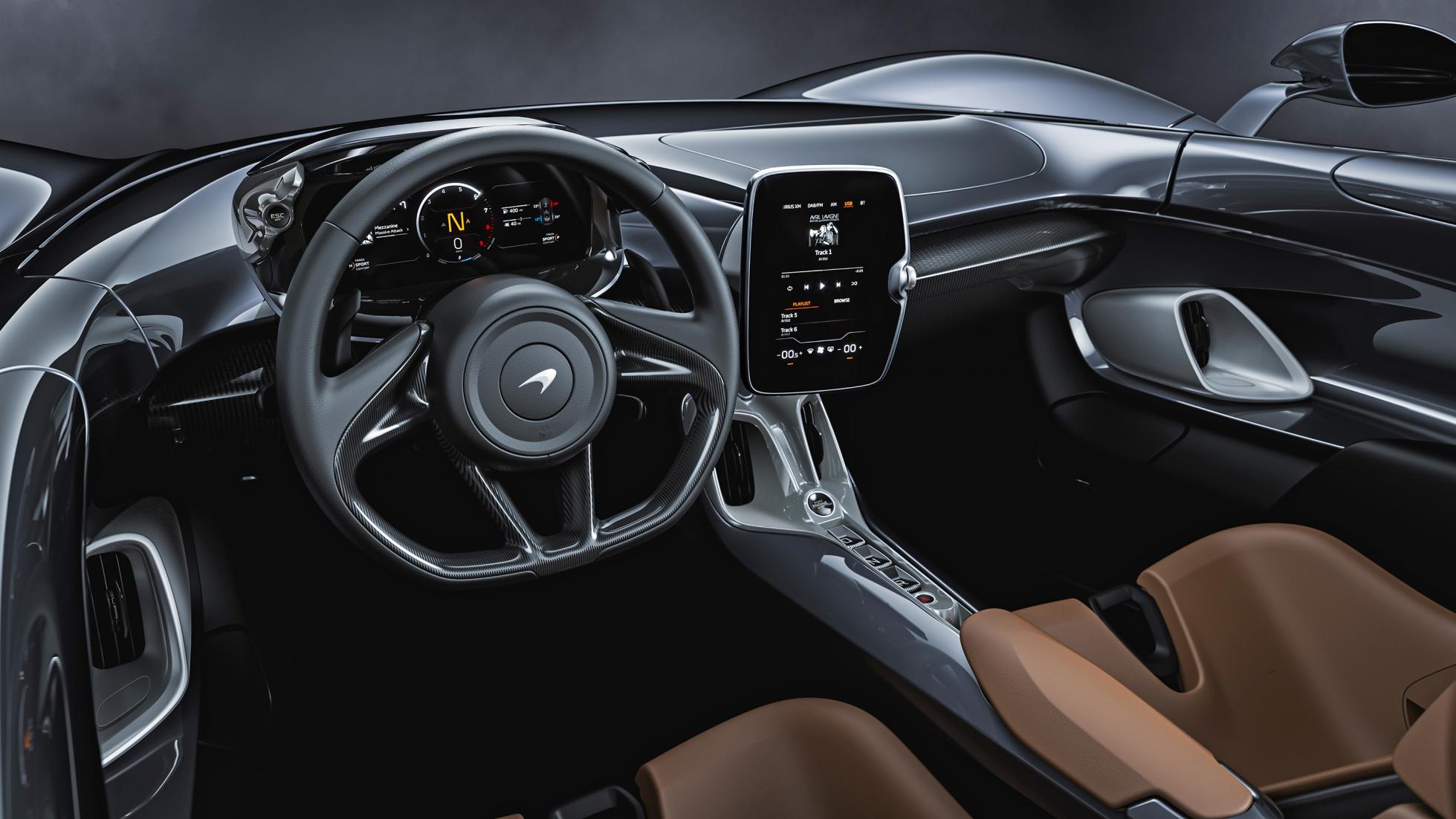
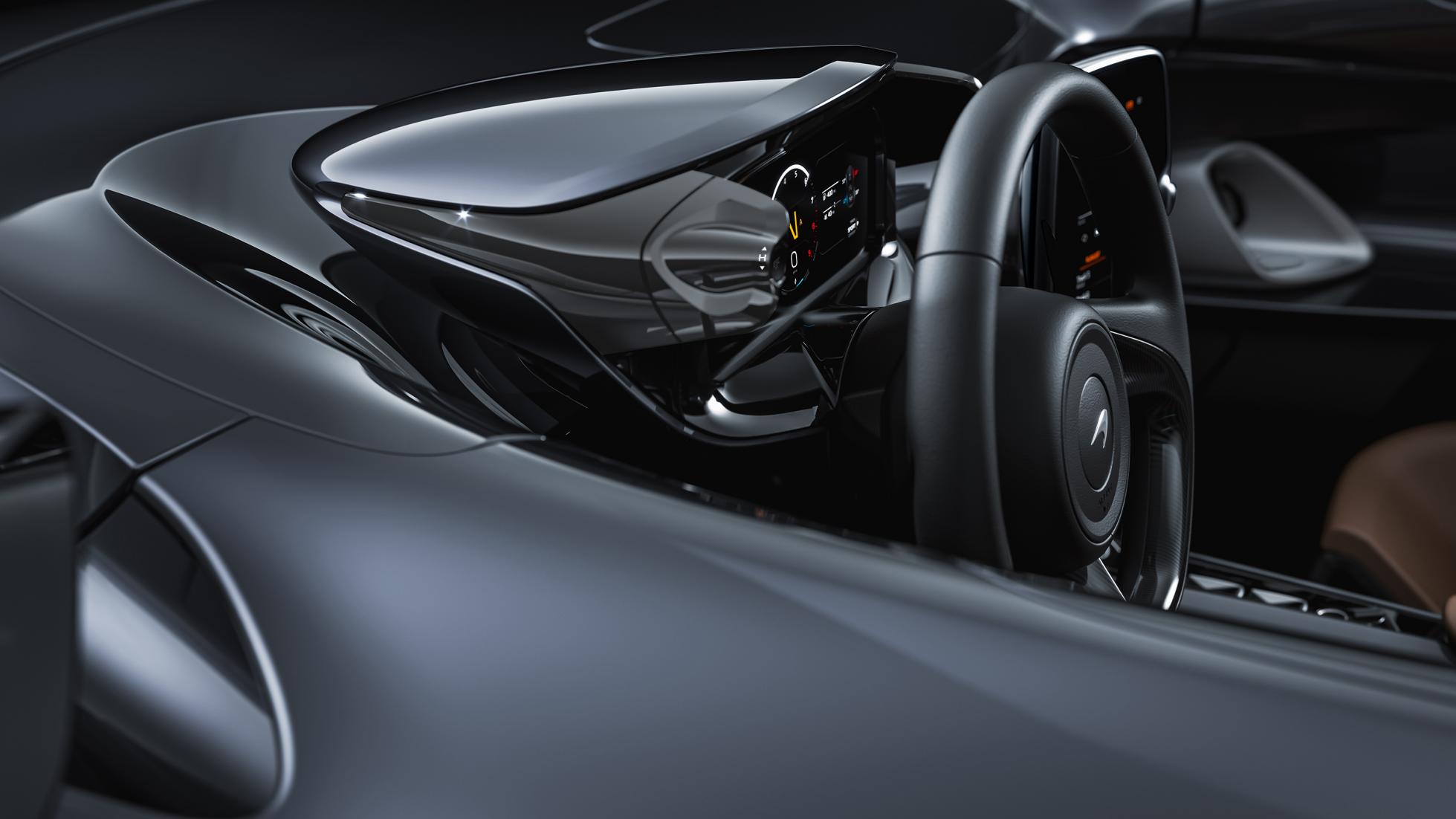
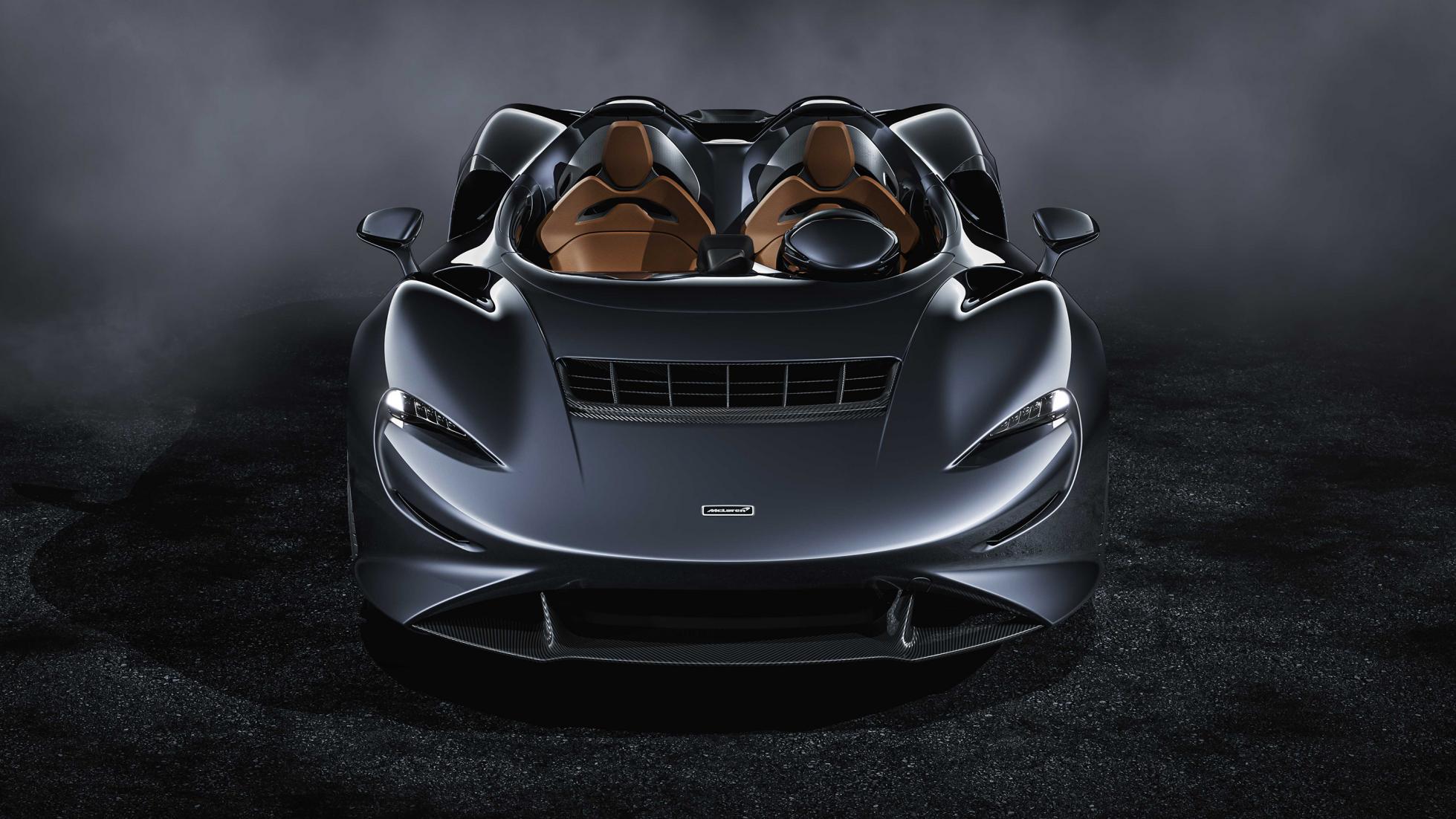
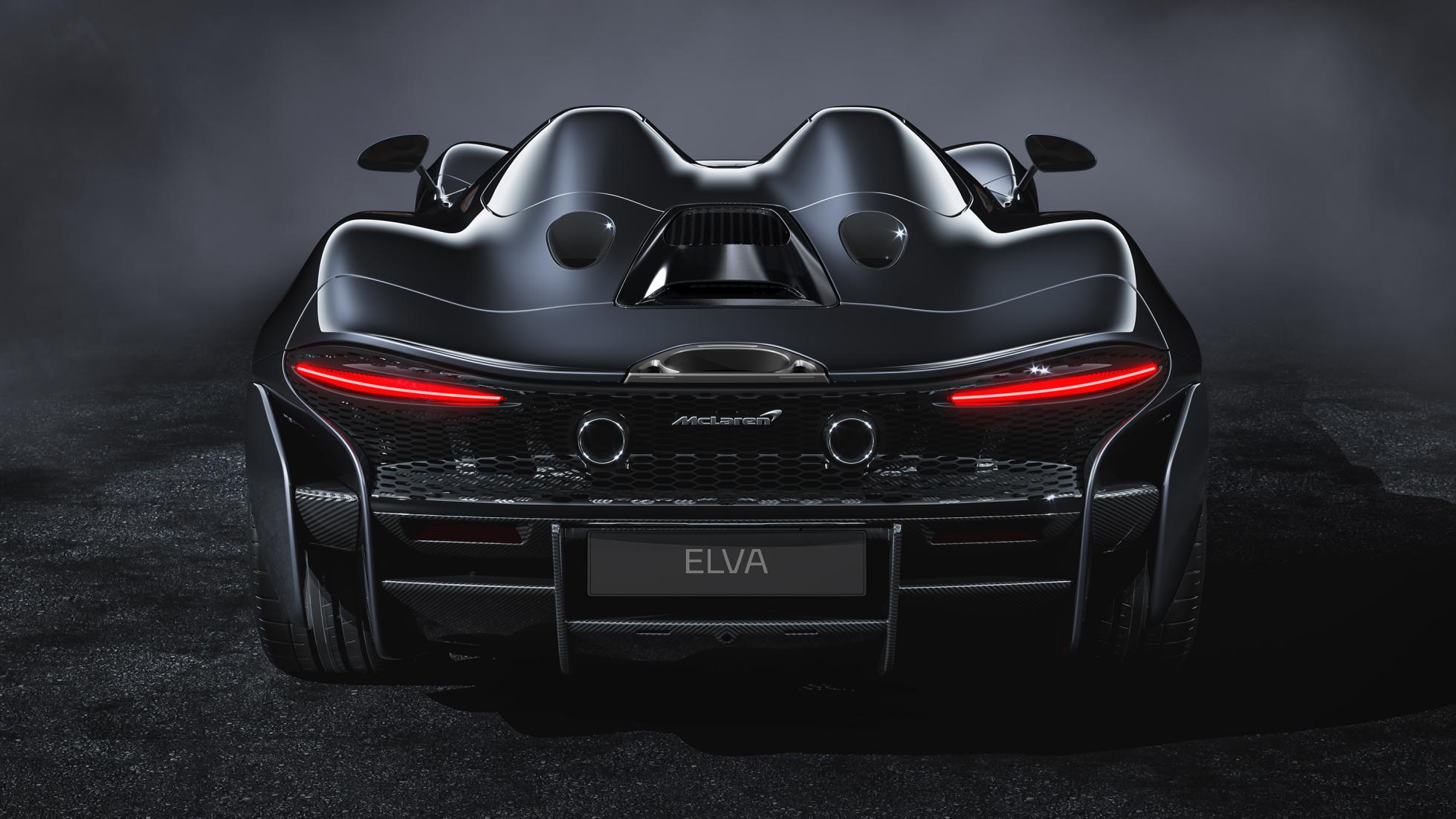
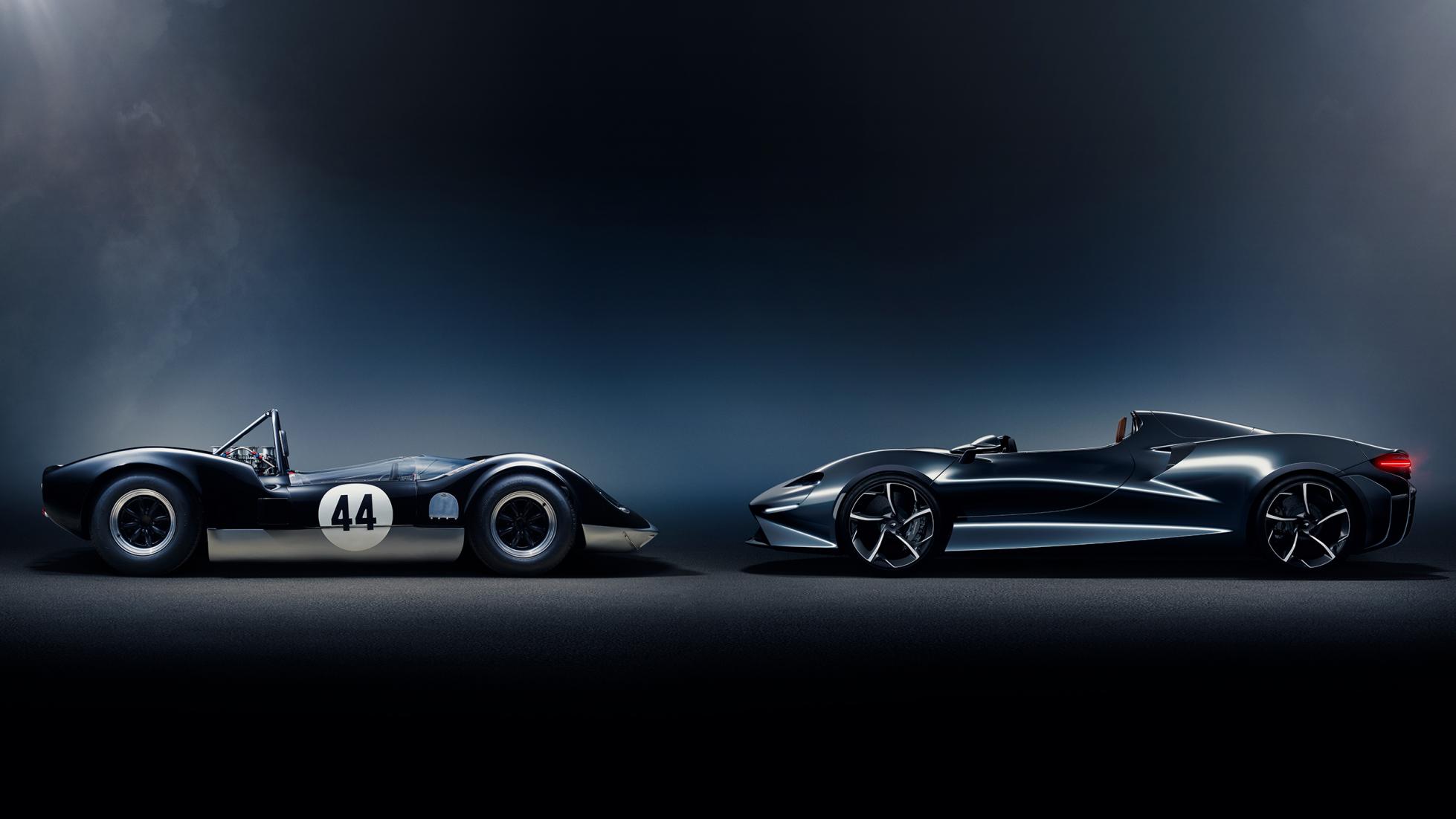
Meet the lightest McLaren road car ever, and seemingly Woking’s tribute to the wealth of heroically stripped-out track specials Great Britain has a fine tradition of producing.
The McLaren Elva is described as ‘a ferociously fast open-cockpit car’ and fits into the company’s top-line Ultimate Series, following in the footsteps of the P1 and Senna and sitting alongside the new Speedtail.
While no actual kerb weight has been announced, you can bet on something comfortably below the 1,198kg claimed by the Senna.
After all, there’s no roof, windows or windscreen here while the doors are McLaren’s smallest ever and are single-hinged just for shaving even more grammes. The tub is naturally carbon, but so’s every panel too.
You can wear a helmet, or you can specify a windscreen, but McLaren suggests you’ll need neither.
The prosaically named Active Air Management System (AAMS) uses a movable carbon deflector to direct air from the Elva’s nose and up through the front clam ahead of the occupants, projecting it over them creating something less prosaically named “a relative bubble of calm” beneath.
The system awakens as the car’s speed increases, though if you’re on track – and thus helmeted up – you can turn it off so that the air’s sent to cool the engine instead.
And what an engine. It’s an 815hp version of the 4.0-litre V8 twin-turbo you’ll find in the 720S and Senna, but producing more power than either and with much less weight to shift. So it hits 100km/h in under three seconds and 200km/h in a frankly startling 6.7secs, about as quickly as the legendry old McLaren F1 hit 160km/h.
There’s clever aero features all over the Elva, with an active rear wing, completely flat underfloor and vents and contours everywhere all working together to make sure it cleaves through the air with a minimum of fuss.
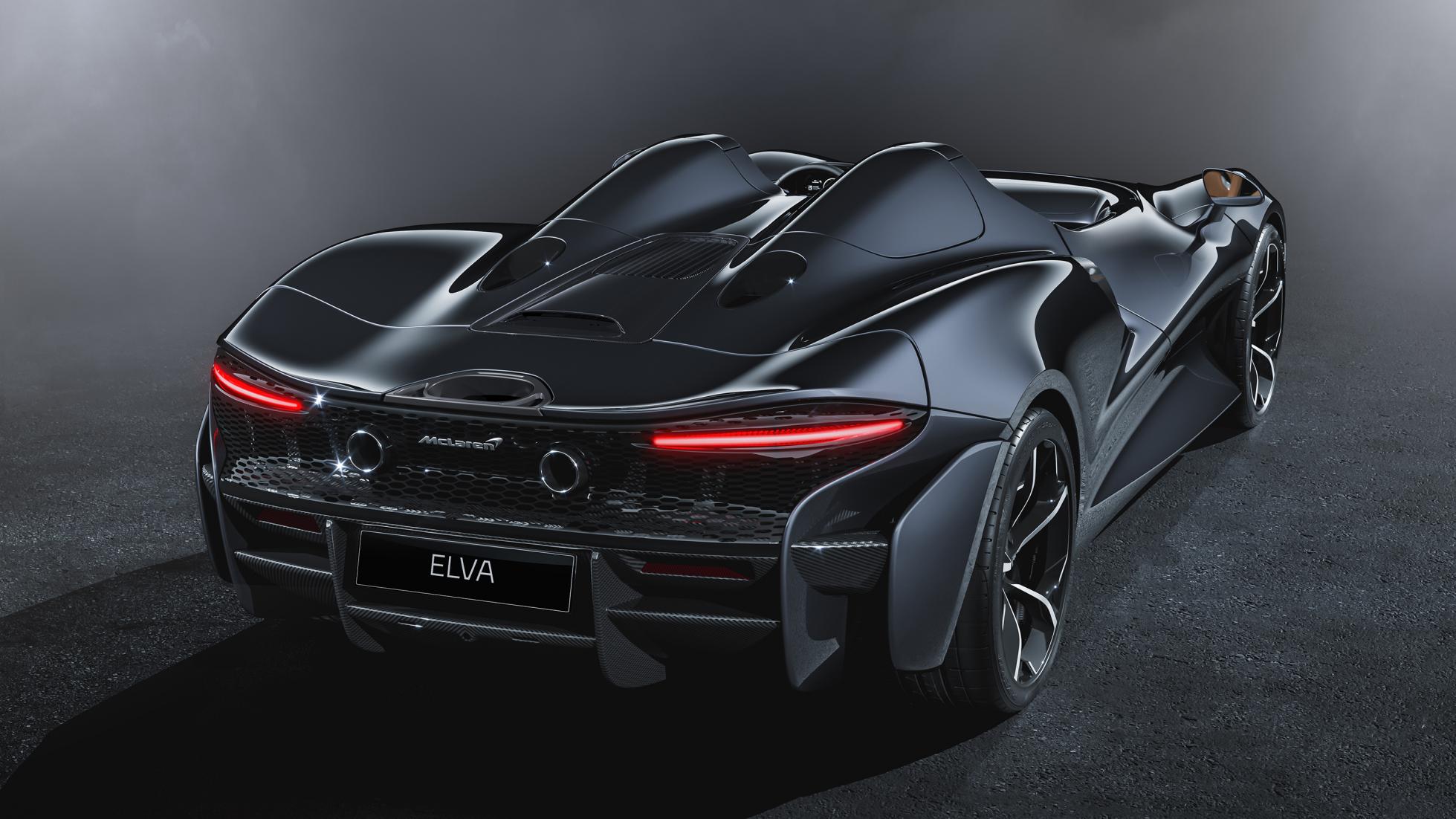
New bespoke seats are worked into the body, with marginally shorter squabs than normal to allow standing room in the footwells to aid ingress and egress.
Six-point harnesses are optional, for ultimate circuit kudos, as is the very serious-sounding ‘Ultrafabric’ to even more tightly grip you into the seat.
Controls for the car’s active powertrain and handling settings are built into the instrument cluster – so you never need to take your hands from the wheel – while the eight-inch touchscreen in the middle of the dashboard shows off track telemetry (naturally) but also houses sensible stuff like sat nav, a reversing camera and climate control settings.
As if losing the roof didn’t control the climate dramatically enough. A stereo is a no-cost option.
Sounds very racecar-y, and that’s exactly the intention: its name is a nod to the McLaren-Elva M1A racecar designed by Bruce McLaren in the 1960s, an example of which you can see in the images above.
Just 399 will be made, priced at £1.425 million apiece, which is ever so slightly less than the car its crosshairs are seemingly set upon – the 500-off Ferrari Monza speedster.
You can add to that bill considerably with some McLaren Special Ops bespoke treatment, mind.
While we’re talking practicalities, there is luggage space (though exactly how much is unspecified) while options include a nose-lift – for if your Elva will be clambering over speed bumps or into tricky car parks – and a choice of five- or ten-spoke lightweight wheels with either road- or track-biased Pirelli tyres.
Simple question. Excited?
STORY Stephen Dobie
